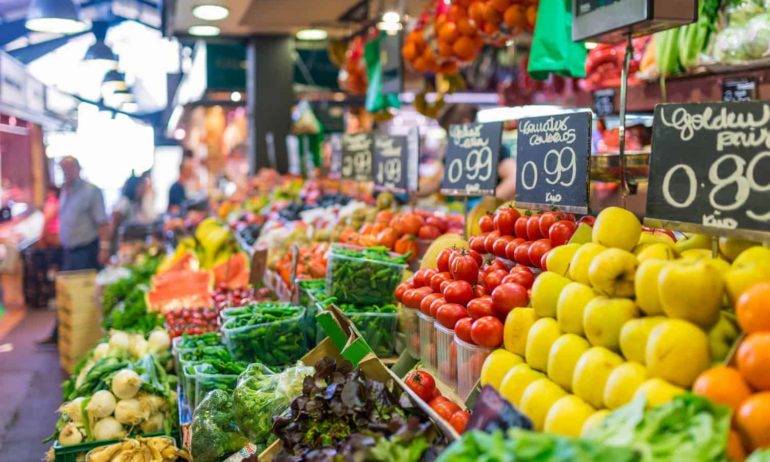
According to the agency's report on May 5, the Food and Agriculture Organization's (FAO) price index, which monitors the global trade of the most commonly traded food commodities, increased from 126.5 in March to 127.2 points in April.
The March reading was first reported as 126.9. According to the Rome-based agency, the April increase reflected higher sugar, meat, and rice costs, which offset drops in the cereals, dairy, and vegetable oil price indexes.
"As economies recover from significant slowdowns, demand will increase, exerting upward pressure on food prices," said FAO Chief Economist Maximo Torero. Since March, the sugar price index has risen 17.6%, reaching its highest level since October 2011.
According to FAO, the increase is due to concerns about supply constraints following downward adjustments to production predictions for India and China, as well as lower-than-expected outputs in Thailand and the European Union.
While the meat index increased 1.3% month on month, dairy prices decreased 1.7%, vegetable oil prices decreased 1.3%, and the cereal price index decreased 1.7%, with a drop in world prices of all main grains outweighing an increase in rice prices.
The increase in rice prices is extremely concerning, and it is critical that the Black Sea initiative be renewed to avoid any further spikes in wheat and maize," Torero added, referring to a pact that allows Ukrainian grain to be exported via the Black Sea.
In a separate analysis on grain supply and demand, the FAO forecasted world wheat production in 2023 at 785 million tonnes, slightly lower than in 2022 but still the second highest on record. "(The) prospects for rice production along and south of the equator are mixed, owing largely to the regionally varied impact of the La Nia event," according to FAO.
FAO increased its prediction for global cereal production in 2022 to 2.785 billion tonnes from 2.777 billion, a 1.0% decrease from the previous year. According to FAO, global cereal use in 2022/23 would be 2.780 billion tonnes, a 0.7% decrease from 2021/22. World grain stocks are predicted to fall 0.2% from their initial levels to 855 million tonnes by the end of the 2022/2023 season.









